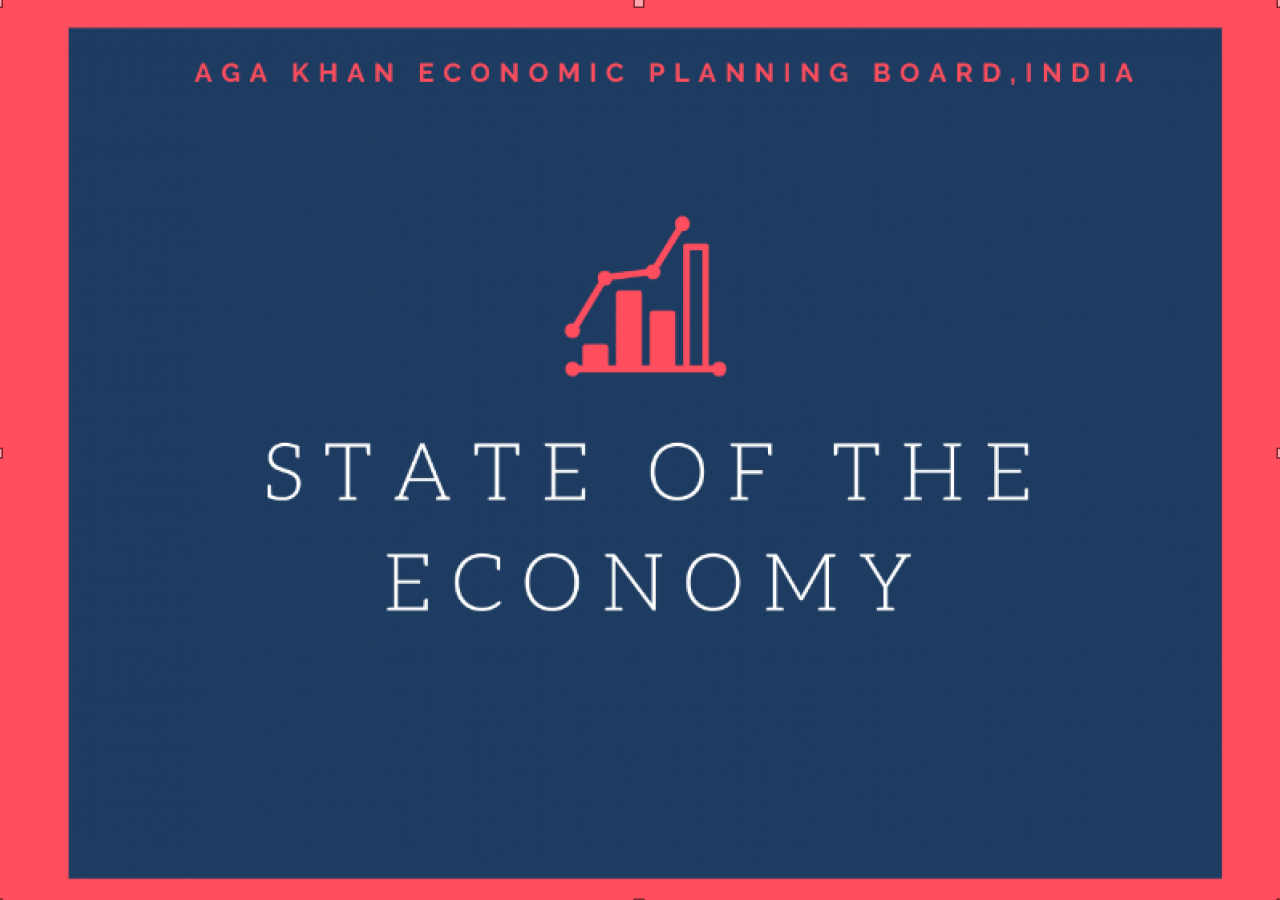The main issues grappling the global economy and businesses are:
• The ongoing war between Russia and Ukraine which began in February 2022.
• Supply chain issues – unavailability and high prices of raw materials and components coupled with high logistics prices.
• China, which is often referred to as the engine of the world, had imposed severe lockdowns to fight Covid (gradually easing now) which is again impacting the global economy.
• Due to the above factors, prices have been increasing around the globe (India`s wholesale prices accelerated at the fastest pace in at least 17 years). There has been almost a 7.5-10% increase in the prices of food, transportation and clothing in the last few months
• As prices go up, central banks around the world are increasing interest rates. The Reserve Bank of India also increased interest rates by 0.90% (0.40% and then 0.50% on 8th June).
This is the first time interest rates are increasing since August 2018. It is expected that interest rates in India will continue to gradually increase and therefore it will fetch depositors’ higher interest on their fixed deposits. Borrowers will have to prepare for an increase in their loan rates.
Given this global uncertainty and higher interest rates and inflation within India, caution is advised as demand may slow down. Higher prices may force a lot of people to rein in spending especially within the discretionary space. Some large businesses are already witnessing a slight drop in demand in May which comes after demand and business did extremely well in March and April.
To cope with increasing raw material prices, businesses are adopting strategies which are unique to their business to maintain their profitability. Recently several FMCG businesses have reduced the quantities of their products such as soaps, noodles, chips available at popular price points to grow their sales. Despite these challenges which may impact us in the short to medium term, the long term fundamentals of the Indian economy remain solid. According to a Reserve Bank of India survey, released in September 2021, exports of Indian software services, stood at USD 148.3 billion for 2021 which is slightly more than the USD 145.3 billion Saudi Arabia expected to earn from oil sales in 2021*.
Disruption in the global supply chain has also opened up opportunities for large scale manufacturing in India aided by India`s large domestic consumption market and significant policy initiatives such as the production-linked-incentive schemes and low corporate taxes for new manufacturing. **
In good news for India`s agriculture, the weather department has said the country would receive normal rainfall. If the forecast holds out, this will boost the upcoming sowing seasons and give a much needed spurt to the farm sector and the overall economy.
The formal job market continues to do well with immense demand from software services and banking and financial services. Jamat is advised to evaluate platforms such as Simplilearn, Masai, Imarticus which help with quality jobs at leading organizations once the course is completed.
Update on Real Estate & Equities – The real estate sector across India continues to remain firmly on the path to a sustained recovery. An interesting megatrend emerging in India within real estate is investments in data centers.
Global & Indian equities are going through a volatile and challenging time. From its peak of 18,604 in October 2021, the Nifty has witnessed a significant correction mainly on the back of the various economic issues highlighted above and persistent selling by foreign institutional investors who have withdrawn huge sums of money from the Indian stock market in the current calendar year
Stock markets are inherently volatile and it is impossible to predict how they would do over the short to medium term. One would be well advised to invest in the market through SIPs (monthly systematic investment plans) in top rated mutual funds.
*This Reserve Bank of India survey was released in September 2021 and the numbers mentioned would be dynamic as oil prices have significantly increased. The statistic is only shared to demonstrate the power and success of India`s software export story which will continue to have a positive ripple effect across the country.
** Over the last few decades, China has been the de-facto factory to the world. But the pandemic has made businesses realize that they cannot just rely on a single manufacturing country and need to strengthen their supply chains by having a manufacturing presence in other countries as well. This is often referred to as the China + 1 strategy”.
Just as the world was beginning to come out of havoc caused by the pandemic and businesses were getting back to normalcy, some uncertainties have risen up again leading us to an uncertain economic environment.








